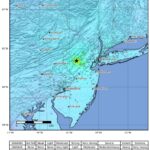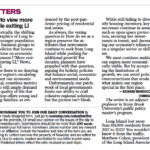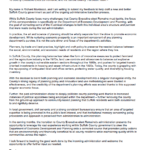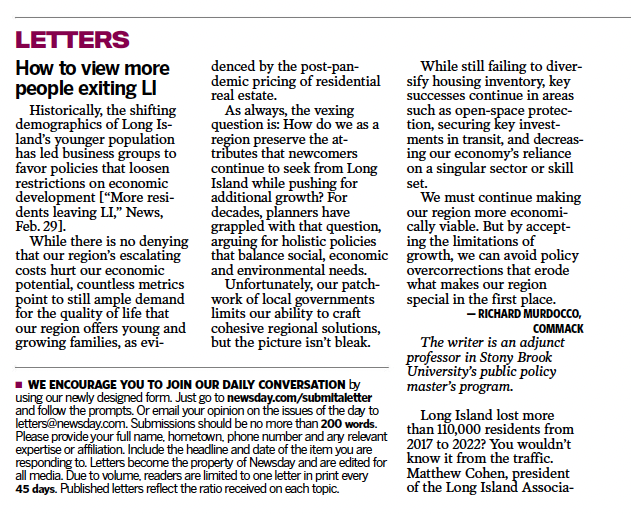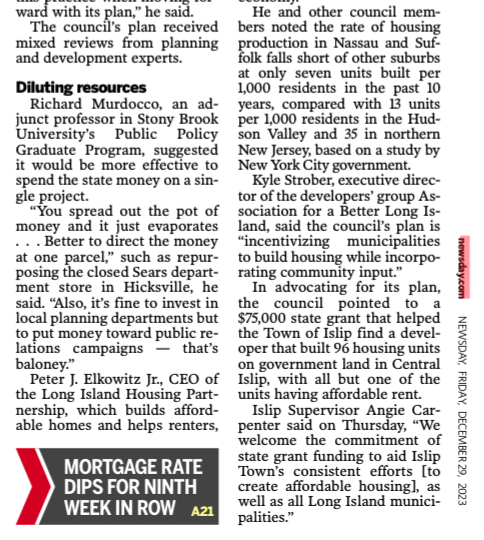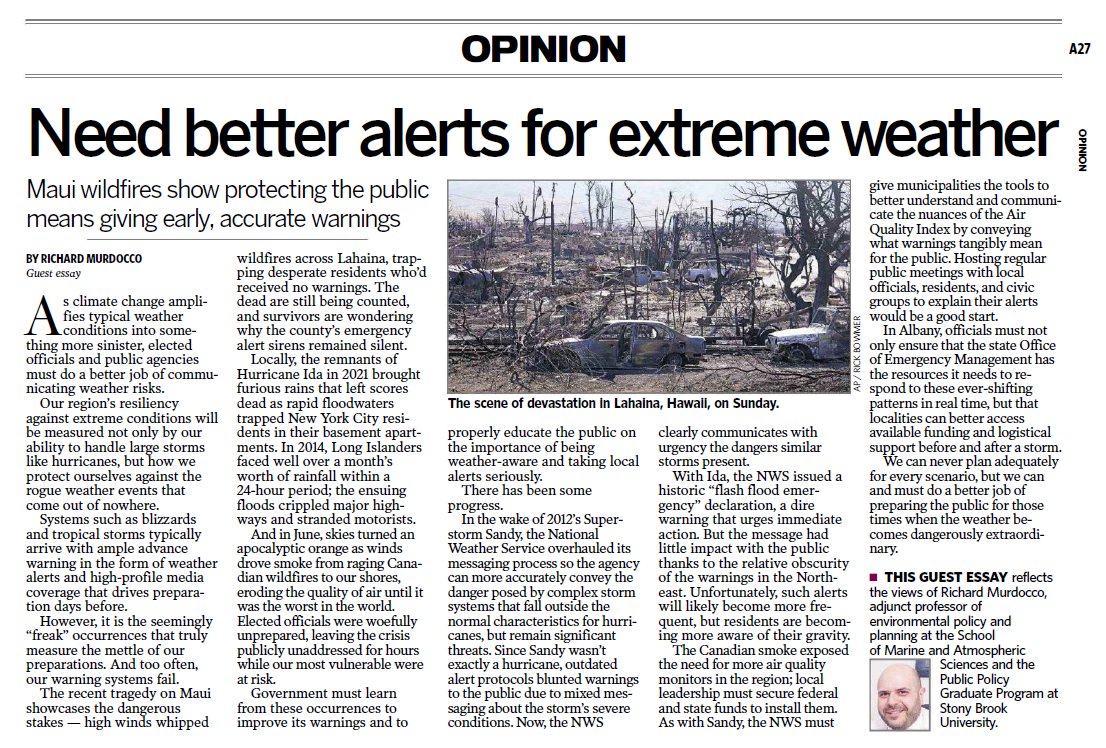The following was written for LIBN’s Young Island:
There has been much talk in the press and social media about in recent weeks about “What’s In the Water”, protecting our sole-source aquifer system and Superfund sites. It’s enough to make your head spin. Water protection seems to be a hot topic these days.
The issue of groundwater is personally significant to me. In 2009, I wrote my senior thesis for Fordham’s Urban Studies Department entitled “Land Use Policy and Development on Long Island”. The topic, as you can guess, was land use policy and development on Long Island, but the document looked into how those two issues tied into groundwater quality. I used Long Island’s Superfund sites (of which there are 254 to choose from) as case studies to show the linkage between land use and deterioration in groundwater quality. As I’ve been saying countless times in the years since writing that document, land use directly impacts our groundwater. It seems that developers, housing “advocates” and other “Smart Growth” proponents seem to forget that fact as they push to support densities incompatible with our aquifer system.
Water Worries?
Superfund Sites: First things first- a Superfund site is a piece of property has a toxic waste of some sort, and the US Environmental Protection Agency (EPA) or State Environmental Agency (In New York, The NYS Department of Environmental Conservation) has determined that they must be cleaned up. This is where the Superfund gets messy (no pun intended). Who foots the bill, and who cleans up the land? In most cases, it’s the property owner who created the toxic mess that has to clean the site, but often the clean-up gets tied up in courts for years.
What does having a Superfund site in your neighborhood mean for you? Well, it’s mixed. From a health standpoint, odds are you’re alright. Public drinking water wells are well protected (and distant) from any industrial contamination. From a real estate perspective, you may see diminished property values, but only if you live in a known toxic area. If my thesis research is any indication, realtors, buyers and sellers have a minimal understanding of Long Island’s Superfund sites, their location, and what exactly they are.
As the coverage of our water issues continue, you will some of the following issues brought up. Let me clarify on some of them from an urban planning perspective.
Pesticides: Long Island’s farmers use pesticides and fertilizers on their crops. Both are necessary for large crop yields, and to make the practice of farming economically viable. In areas where farms are located, the upper aquifers are contaminated with pesticides and fertilizers. On the smaller scale, residential lawn pesticides and fertilizers also degrade our groundwater. Is there any harm to residents? No- because most residents get their drinking water from public supply wells, which draw their water deeper than the aquifer contamination, and away from the large plumes. That is not to say however, that usage of these products should be curbed when necessary. On the North Fork for example, the groundwater is so severely degraded from farms that other water provision options that are costly may be necessary.
Cancer: Many residents over the decades have concerns that Nassau and Suffolk’s groundwater has caused cancer. While concentrated clusters are possible, remember that Long Island’s groundwater, while under constant threat from development, is still one of the most pure water supplies in the world. Long Island is fortunate to have access to top-level health care facilities, and relative socio-economic wealth when compared to other areas in the country. Simply put, our high level of awareness and ability to detect cancer has created the appearance of cancer clusters, especially when compared to other parts of the United States with “lower” cancer rates. Until other parts of the country have the same standard of care that Long Island has, we will be unsure if there is any correlation between our groundwater, and cancer rates.
Long Island’s Bays, Lakes and Streams: Many of Long Island’s “Water Worries” is sourced from one common cause: Over-development. In Nassau County, the issue isn’t as pressing as it is in Suffolk County, thanks to the presence of sewers (which, as loyal readers know, have their own issues). In Suffolk, much the County isn’t sewered. Now, this is not an issue when lot sizes are roughly 1 acre (or 43,560 sq. feet), because the waste has ample room to dissipate. Problems begin when lot sizes are much smaller. Think of homes in Babylon Village, or the Shirley-Mastic area. Remember, on Long Island small lot sizes and no sewers are a problem. Human waste contributes large loads of nitrogen to the groundwater system, which then disperses into our coastal waters. Lake Ronkonkoma (which is really just exposed groundwater) has algal blooms because of the surrounding development in the watershed. It is the same situation in Northport harbor, Southampton and every other place along the coast where toxic blooms spring up each season.
Solutions?
The solution to our water woes is easy. We need a comprehensive, regional approach to water protection and coastal zone development. The first step? Create Public awareness of the issues, which is exactly what the current efforts of environmentalists, exposes and news organizations are trying to do.
One more thing- if you hear that Long Island is home to the first sole-source aquifer system, it’s wrong. That designation falls to the Edwards Aquifer in the San Antonio area, which was designated by the EPA in 1975. Long Island’s SSA was declared in 1978. Remember- sound policy is built upon sound data.


